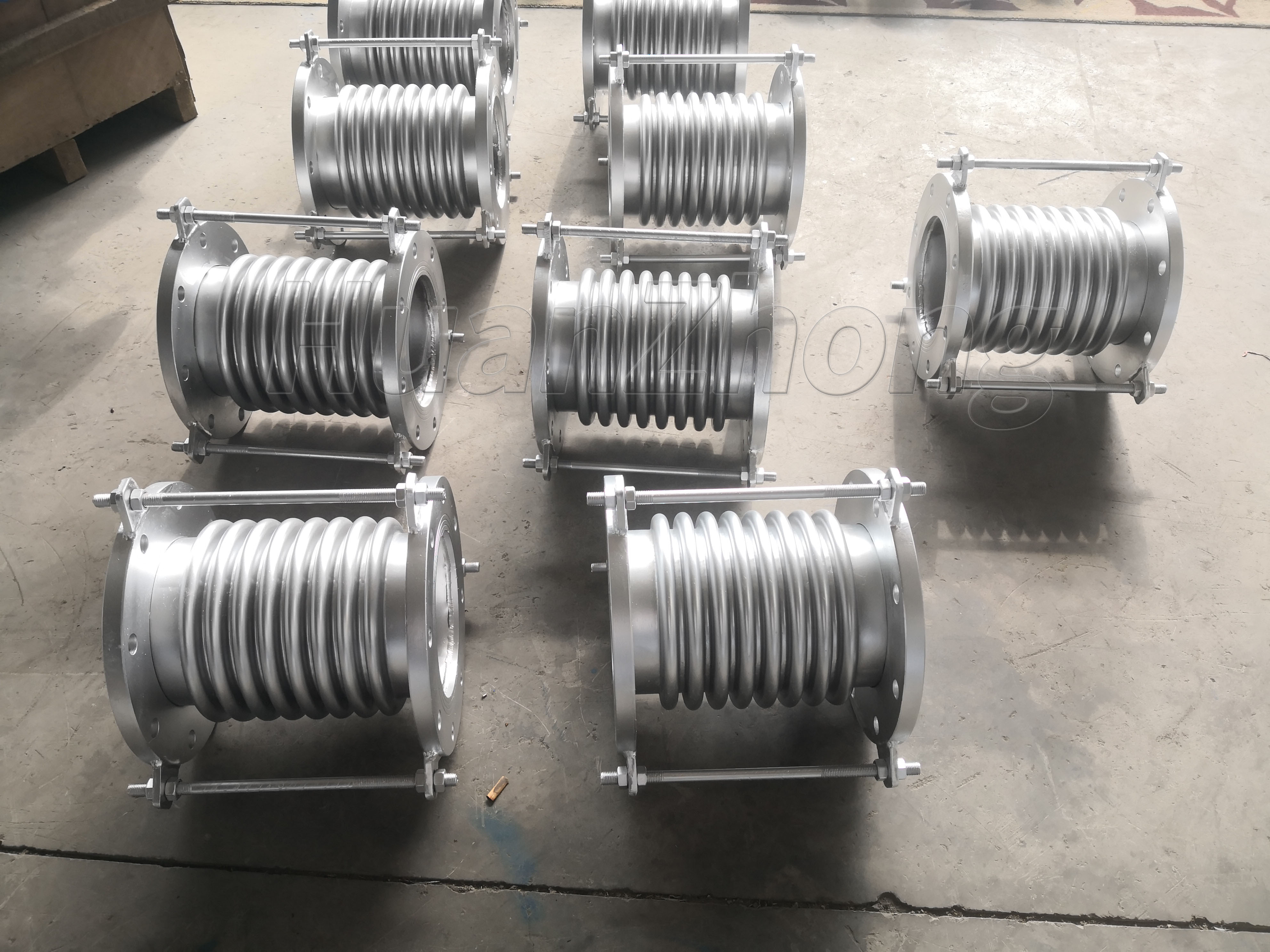Seasonal Selection and Installation Requirements for Corrugated Compensators.
Seasonal Selection and Installation Requirements for Corrugated Compensators. Corrugated compensators, also known as expansion joints, are essential components used in various industrial applications to accommodate thermal expansion, vibration, and movement in piping systems. These compensators are designed to absorb axial, lateral, and angular movements, thereby minimizing stress and preventing damage to the piping system.
One crucial aspect of selecting and installing corrugated compensators is understanding the seasonal variations and their impact on the performance and integrity of the compensators. Different seasons present unique challenges that must be considered to ensure the compensators' optimal functionality.
During the winter season, low temperatures can cause contraction in the piping system, resulting in a reduction in overall length. As a result, the compensators must be able to accommodate this contraction and prevent excessive stress on the system. It is important to choose compensators with adequate flexibility and axial displacement capabilities to handle the contraction effectively.
In contrast, the summer season brings high temperatures, which can cause thermal expansion in the piping system. This expansion must be absorbed by the compensators to prevent overstrain. Selecting compensators with sufficient movement capabilities and proper expansion joint design is crucial to ensure their effectiveness during the summer season.
Additionally, seasonal temperature fluctuations can also lead to changes in the medium's operating conditions, such as pressure and flow rates. These changes can put stress on the compensators and affect their performance if not accounted for properly. It is essential to consider the specific characteristics of the medium, including its temperature range, pressure, corrosiveness, and flow rate, when selecting compensators.
Proper installation of corrugated compensators is equally important to achieve their full potential. The compensators must be installed in a way that allows unrestricted axial and angular movement. It is crucial to provide sufficient clearance and avoid any interference with surrounding structures or equipment. Proper anchoring and guiding mechanisms must be implemented to ensure the compensators' stability and prevent excessive movement beyond their design limits.
Furthermore, regular inspection and maintenance of the compensators are vital to ensure their long-term performance. Seasonal inspections should be conducted to check for any signs of wear, damage, or leakage. Any issues identified should be promptly addressed to prevent further damage and potential system failure. Lubrication of movable parts and cleaning of debris or dirt accumulated on the compensators are routine maintenance tasks that should be performed periodically.
In conclusion, the selection and installation of corrugated compensators should consider the seasonal variations and associated challenges to ensure their optimal performance. Proper compensator flexibility, movement capabilities, and design are essential for effectively accommodating thermal expansion and contraction. Additionally, regular inspection and maintenance are crucial for preventing potential damage and maintaining the integrity of the system. By considering these factors, industrial systems can benefit from the improved reliability and longevity of the corrugated compensators.
